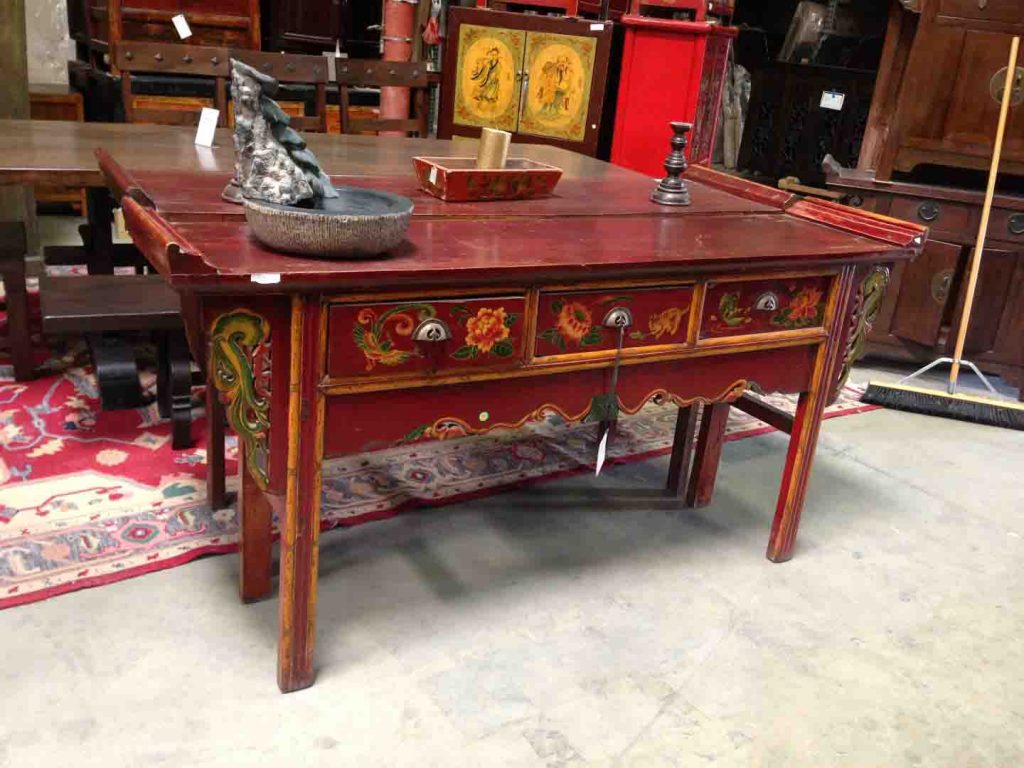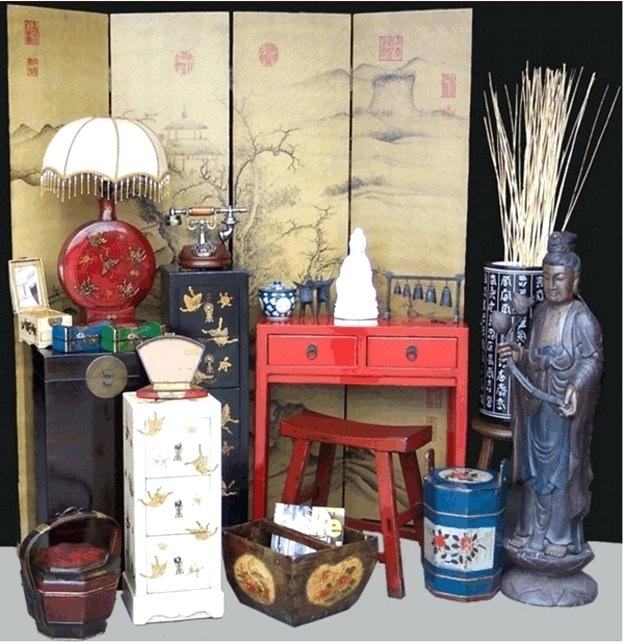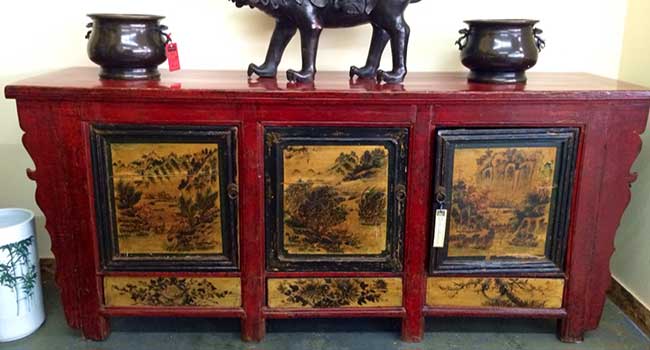We as a species have always been fascinated by History. History is how we see our progress as a civilization. It is how we understand the lives, changes, and innovations that created the modern world. This creates a sort of nostalgia for us humans. This is why we collect memorabilia and antiques from different eras.
One of the most collected antiques is Asian antiques. This is because of the unique cultural experiences those artifacts can offer. One of the hottest categories in Asian antiques is antique Asian furniture. Many people here buy these to beautify and give their houses a unique outlook.
So if you are interested in buying some antique Asian furniture then you need to make sure of a few key factors. So what are they? Well, the following passages we will be discussing some key factors for you to consider when buying these types of furniture.
Aesthetic Appeal
We are visual creatures. This is why aesthetic appeal plays a big part in our choices when choosing anything. You are inclined to buy something more if you have fallen in love with it. So basically it can come in many ways. It may be an immediate response or instinctive response or may even come from an appreciation and understanding of artistic aesthetics.
For Asian antique furniture, this feeling is achieved by infusing harmony in the craftsmanship. For example, Chinese craftsmen used to make tables, chairs, and cabinets in pairs. These were specifically made to be placed against the walls of a room in a symmetrical, formal arrangement. This creates harmony within the room which adds to the aesthetic appeal.
Condition
While you should expect a little amount of wear and tear on antiques you should be very wary of missing veneers and inlays, chips, cracks and dents. If the damages are extensive then the restoration cost for the antique may skyrocket out of proportion.
This is why you should always ascertain the cost of restoration before the purchase of the antique furniture.

Finishing
Throughout Asia, the finishing techniques on types of furniture are considered as great artistry. Lacquering techniques are one of those renowned Asian furniture techniques for which Japanese craftsmen were famous. What the craftsmen did was basically take the sap of the plant and apply it to a base and then heat-dried the sap.
This would create a protective layer which is useful for protecting the furniture against water, dirt, insects and etc. In ancient China craftsmen used to apply layer upon layer of lacquers and then would carve into it to make intricate designs and patterns. These sort of designs are highly coveted on by collectors and are very rare to stumble on to if you do make sure to snap it up.
Joiner’s Craft, Decorations & Motifs
Asian antique furniture is famous for their joint work. With delicate designs including several forms of wood to a single piece of wood, it varies greatly. However, there are a few types of joint work that are pretty prevalent in Asian and specifically Chinese craftsmanship.
Joints like mortise-and-Tenon, miter, dovetail, and tongue-and-groove are the ones you can always find in Asian furniture. Asian designs for furniture is always unique it draws its influences from different crafts such as ceramics, textiles or jade carvings. Animals and mythical creatures are also incorporated within the designs as well.
These were done to represent the owner’s status or as some sort charm for the spirits. You will see these sort of designs pop-up in most furniture as Asian antique furniture designs and motifs are based on spirituality and are always the focus of the designs.
Wood & Fittings
Asian furniture makers in the old days would almost always use wood as their main material for furniture. They would primarily use softwood for the carcass of the furniture. This is how they would ensure a degree of control of the artistry. While there was hardwood usage in early Asian craftsmanship but they were only limited to imperial households.
This is because it was rare and would take a lot more attention to apply and implement intricate designs. While for fittings metal was used. Some Japanese and South Korean chests were completely made up of metal fittings.
Some common metals that were used in designing these fittings were iron, copper, and brass. There are plain designs and patterned fittings. Choosing your favorite depends on the overall impact the fittings have on the entire furniture.

Get What Pleases You
There you go, these are some key factors that you should be considering when buying antique Asian furniture. Make sure you follow the factors these will ensure your need to buy good quality antique furniture.
Do your research and find out what you want and where you can find them. After that, all that is needed is for you to apply what you learned here and buy your furniture.

